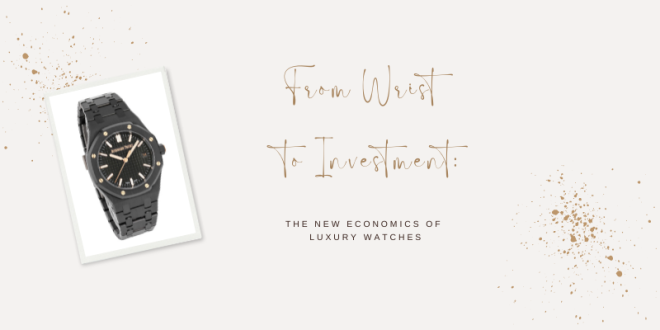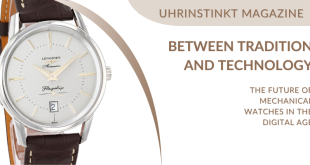Luxury mechanical watches have evolved far beyond mere accessories. They are cultural icons, status symbols and for many collectors, a serious alternative investment. Over the last decade, the watch market has developed its own economy, shaped by scarcity, global demand, and a highly informed collector base. But is a watch truly a good investment? And which misconceptions persist?
Watches as an Asset Class: A Market in Transformation
The secondary market for luxury watches has become one of the most transparent and sophisticated collector markets worldwide. Auction houses, specialist dealers, and digital platforms have introduced unprecedented access to price histories and global availability.
Models like the Rolex Daytona, Patek Philippe Nautilus, and Audemars Piguet Royal Oak continue to show strong long-term performance, yet the market as a whole is cyclical. After the record highs around 2021/22, prices normalized, which experts see as healthy rather than alarming.
Key Insight:
Mechanical watches perform best as long-term assets, not short-term speculation.
What Drives Long-Term Value?
Certain attributes consistently support value retention and appreciation:
Iconic status
Design icons with decades of history typically remain in high demand.
Controlled scarcity
Low production + high demand often equals strong value performance.
Strong brand identity
Independent, consistent brands with a clear DNA perform best over time.
Condition & originality
Especially in vintage:
Original parts + box & papers = value multiplier
Myths and Misconceptions – What Investors Should Know
Myth 1: “Every Rolex goes up in value.”
Not true. Many retain value well, but appreciation varies widely by model and reference.
Myth 2: “Watches are a fast investment.”
Returns improve significantly with time and patience.
Myth 3: “The market is risk-free.”
Like all collectible asset markets, watches are cyclical.
Risks and Trends
Risks:
-
Market volatility
-
Unrealistic expectations after previous highs
-
Counterfeits and “Frankenwatches”
-
Illiquidity of niche models
Trends:
-
Increasing importance of transparent price data
-
A professionalized vintage market
-
Rising interest in craftsmanship over hype
-
Growing demand for neo-vintage (1990–2010)
A Modern Blend of Lifestyle and Finance
Luxury watches remain compelling: emotionally, aesthetically, and financially. Yet success in this asset class requires knowledge, patience, and a passion for horology. For those who combine these qualities, the mechanical watch offers not just timeless beauty, but potentially timeless value.
 Uhrinstinkt Magazine
Uhrinstinkt Magazine



